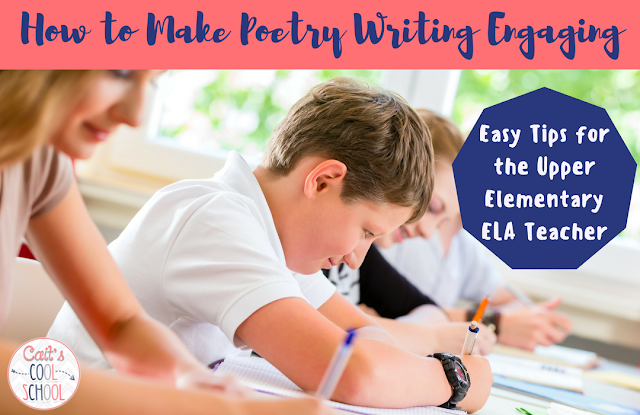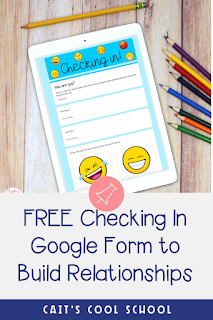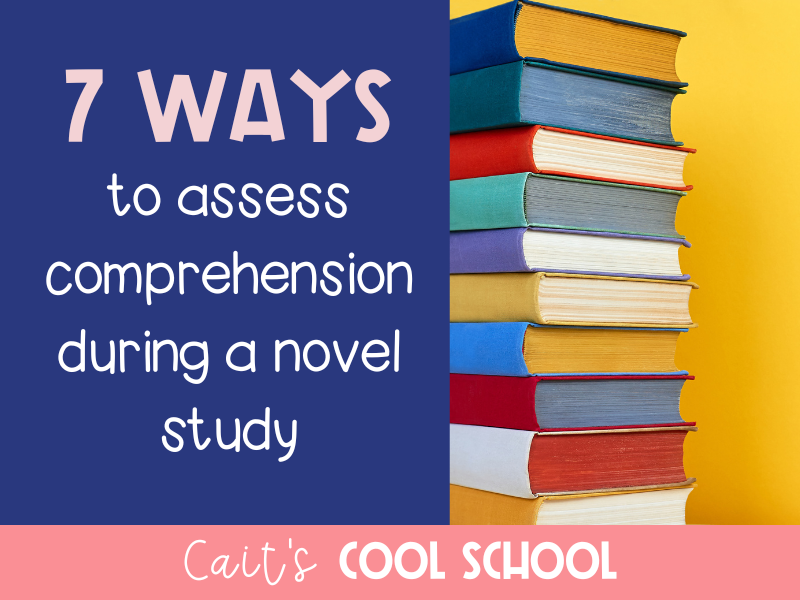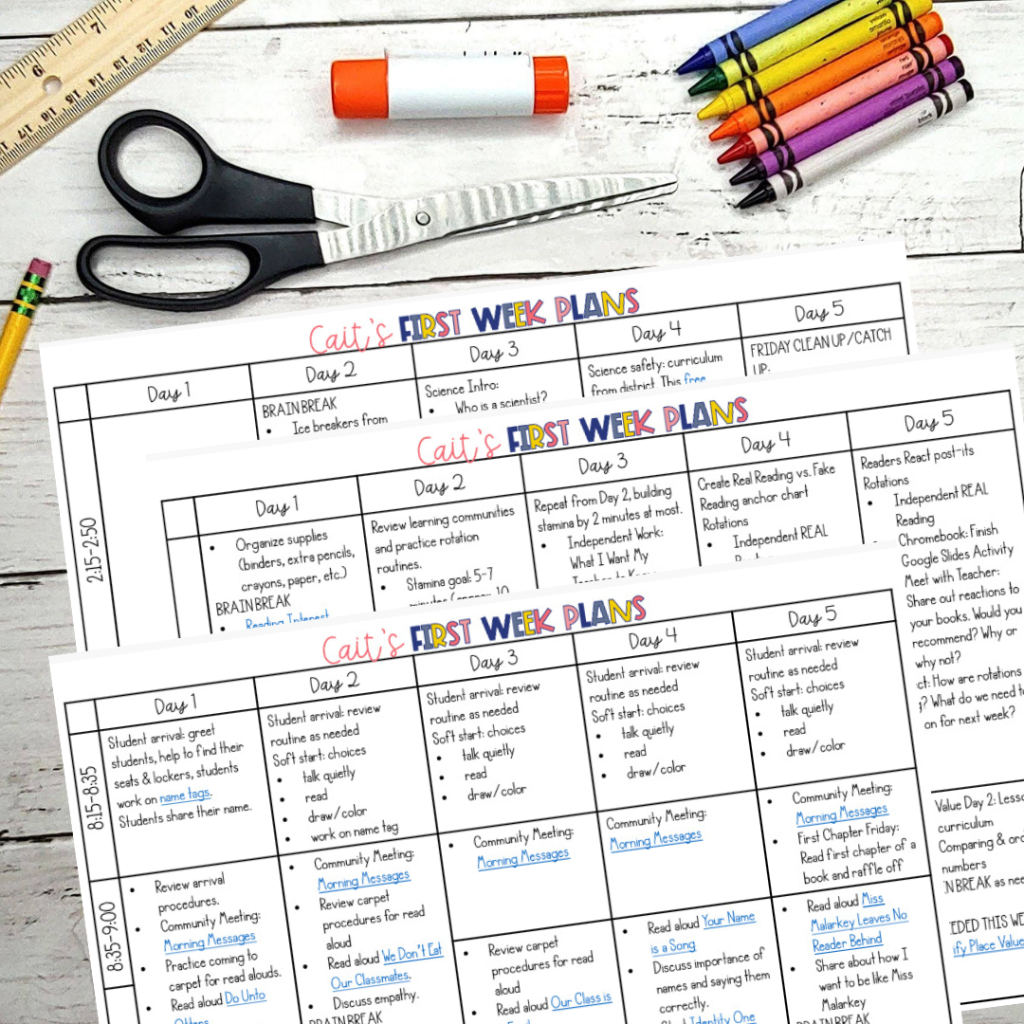Ask a roomful of teachers if they like teaching poetry and you won’t always see that many hands. Ask students if they like LEARNING about poetry and you’ll see even less hands. Poetry is one of those tricky types of reading and writing because it’s so different from prose. Lucky for me, I’ve always LOVED reading and writing poetry, so I want to spread that love to you.
 |
| This post may contain some affiliate links, which means if you click on one of the links and make a purchase, I’ll receive a small commission. You will never incur a fee or charge for this. |
One of my first writing projects that I knew I HAD to do as a teacher was to create a poetry writing unit to make my students fall in love with poetry the way I am. Over the years, I’ve twisted and tweaked how I teach poetry to really make it an enjoyable experience for my students. Here are some of my tried and true tips for poetry writing:
1. Make poetry accessible. Have a poetry collection of books for students to read and look through. Poetry has a different sound and feel than most other types of material that students read. Students need models for writing and My go-to book to listen to is Love That Dog by Sharon Creech (read all about that here), and here are some of the others that I put out in my library:
2. Use topics students are familiar with to engage them. On the day I introduce poetry writing, I use a brainstorming organizer to let students write down any topic. They write for two minutes, and then each person shares one idea. After sharing, students take another minute to write down any ideas they heard to “piggy-back” off of their classmate. Now, every time we attack a new kind of poem, there’s a go-to list of ideas…just in case someone has a case of writer’s block. Grab the organizer in my post about pre-writing here.
 3. Incorporate a variety of poetry. Use poetry forms that allow kids some creative license. Try not to overuse one form of poetry. For example, a diamonte has a specific format, requiring students to use different parts of speech to portray opposites. After working on this type of poem, I like to switch up our writing focus, and we might work on a free verse poem.
3. Incorporate a variety of poetry. Use poetry forms that allow kids some creative license. Try not to overuse one form of poetry. For example, a diamonte has a specific format, requiring students to use different parts of speech to portray opposites. After working on this type of poem, I like to switch up our writing focus, and we might work on a free verse poem.
Some of the different poems I use in my poetry writing units include: acrostic, cinquain, color poem (using similes and metaphors), concrete (shape), alliteration, diamante, free verse, haiku, and limerick. I also always have my students pick their favorite type of poem and write a second version of it. I’m always amazed at their creativity!
We turn our different poetry into a book. I used to have students create final drafts that were assembled using a small binder or report cover. Last year, my students created a digital version of their poems using Google Slides. This project has become a favorite for me and it’s one that my students remember year after year. I have middle schoolers bringing me their projects to show off to my fourth graders as examples of what we’re going to create.
4. BONUS: Have a poet visit. Okay, so this is a little bit trickier because generally it costs money to have an author come visit. But there are lots of ways you can finance author visits, or look into Skype visits, to really bring the idea of writing poetry to life for your students. My school is very lucky this year and we are welcoming Kenn Nesbitt as a visitor to our school. (See his website for info on how to set up a visit- I highly recommend him!)
When you’re finished writing poetry, don’t forget to celebrate! Check out some of my ideas for celebrating writing here.
Are you a poetry lover or hater? Any ideas to share for teaching poetry writing? Share in the comments below!
Need more writing ideas? Sign up for my email list and you’ll received this free Google Form plus have tons of digital learning ideas heading your way!












 The first FIVE days of lesson plans for the beginning of the year.
The first FIVE days of lesson plans for the beginning of the year.